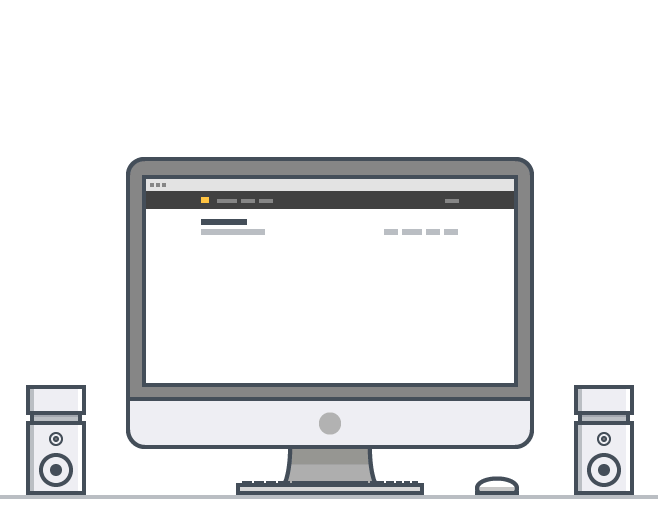-
What is web testing?
Web testing is the process of evaluating and validating a website or web application to ensure it functions correctly, performs well, and delivers a positive user experience. It involves testing various aspects such as functionality, usability, performance, security, and compatibility across different browsers and devices.
-
What are the different types of web testing?
Some common types of web testing include functional testing (testing the functionality of the website or application), usability testing (evaluating the user-friendliness and ease of navigation), performance testing (assessing the website's speed, responsiveness, and scalability), security testing (identifying vulnerabilities and ensuring data protection), compatibility testing (verifying proper display and functionality across different browsers and devices), and accessibility testing (ensuring compliance with accessibility standards for users with disabilities).
-
What are the key challenges in web testing?
Web testing faces various challenges, such as browser compatibility issues, as websites need to work consistently across different browsers and versions. Responsive design testing is also challenging, as websites should adapt to various screen sizes and resolutions. Security testing is crucial due to the constant threat of cyber attacks. Additionally, testing dynamic and interactive web elements, like forms and AJAX requests, requires specialized techniques.
-
What are the common web testing tools?
There are several web testing tools available, both open-source and commercial, to assist in different aspects of web testing. Some popular tools include Selenium, Cypress, and Puppeteer for functional testing, LoadRunner and JMeter for performance testing, OWASP ZAP and Burp Suite for security testing, and BrowserStack and CrossBrowserTesting for cross-browser compatibility testing.
-
What is cross-browser testing?
Cross-browser testing ensures that a website or web application works correctly and appears consistent across different web browsers, such as Chrome, Firefox, Safari, and Internet Explorer/Edge. It involves testing the website's functionality, layout, and visual elements across multiple browsers and their versions to identify and address any compatibility issues.
-
What is usability testing in web testing?
Usability testing focuses on evaluating the ease of use and user-friendliness of a website or web application. It involves observing users as they perform specific tasks and collecting feedback to identify usability issues, navigation problems, confusing interface elements, and areas for improvement. Usability testing helps optimize the user experience and enhance user satisfaction.
-
How can security testing be performed for web applications?
Security testing for web applications involves assessing vulnerabilities and weaknesses that could lead to unauthorized access, data breaches, or other security threats. Techniques such as penetration testing, vulnerability scanning, and security code reviews are employed to identify vulnerabilities in the application, APIs, databases, and network configurations. Security best practices and standards, such as OWASP (Open Web Application Security Project) guidelines, are followed during this testing.
-
What is performance testing in web testing?
Performance testing measures the responsiveness, speed, scalability, and stability of a web application under various conditions. It aims to identify bottlenecks, performance issues, and resource constraints that could affect the user experience. Load testing, stress testing, and capacity testing are common techniques used to simulate real-world scenarios and assess the application's performance under different levels of user load.
-
What is accessibility testing in web testing?
Accessibility testing ensures that a website or web application is accessible to users with disabilities, conforming to accessibility standards such as WCAG (Web Content Accessibility Guidelines). It involves evaluating the website's compatibility with assistive technologies, testing keyboard accessibility, verifying proper use of alt tags for images, and assessing the overall compliance with accessibility guidelines.
-
What are some best practices for web testing?
Some best practices for web testing include developing a comprehensive test plan, ensuring proper test coverage for different browsers and devices, using automation tools to increase efficiency and accuracy, conducting regular regression

































































